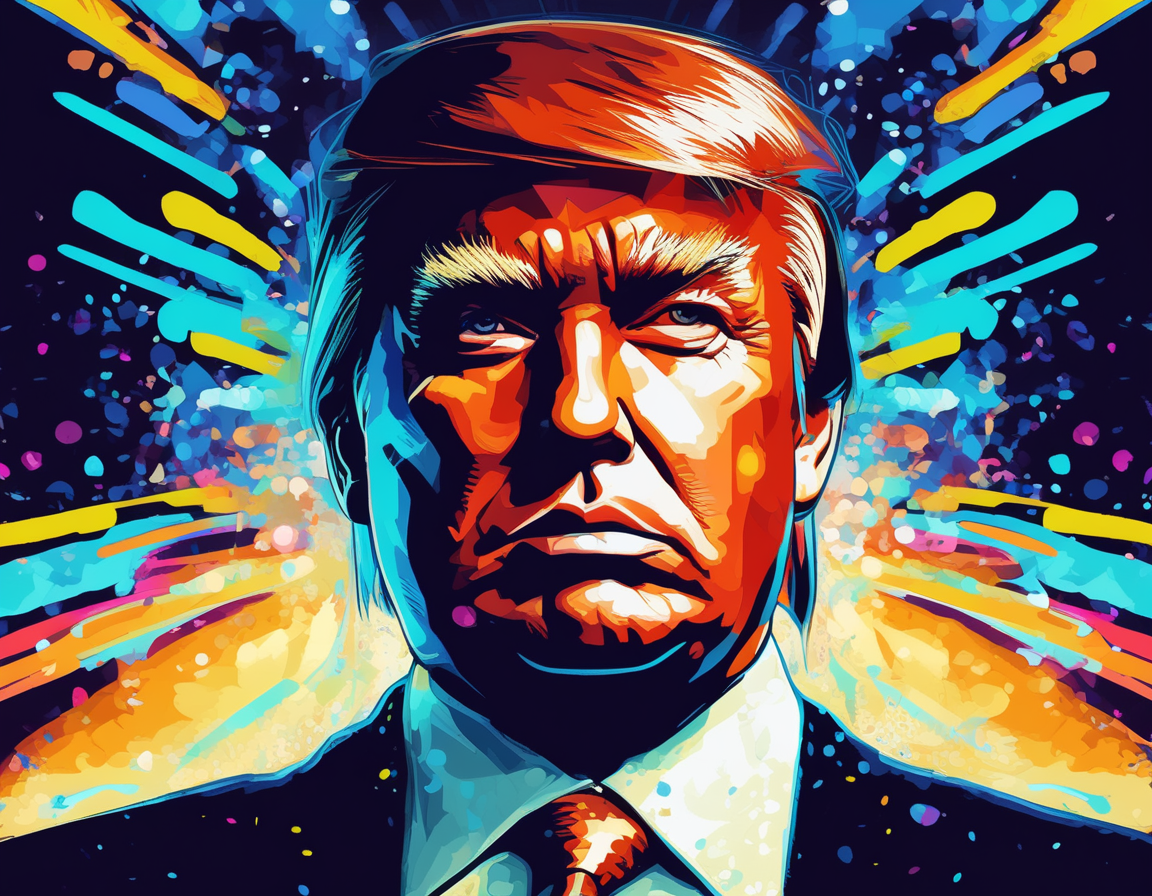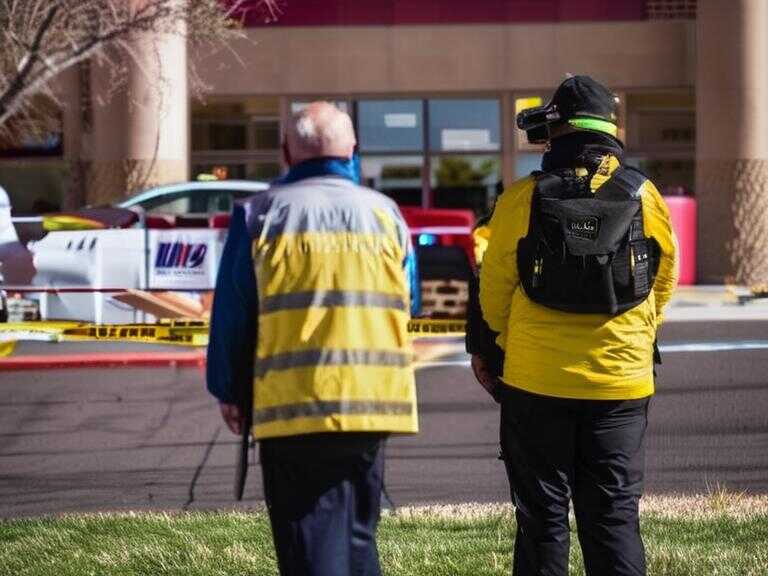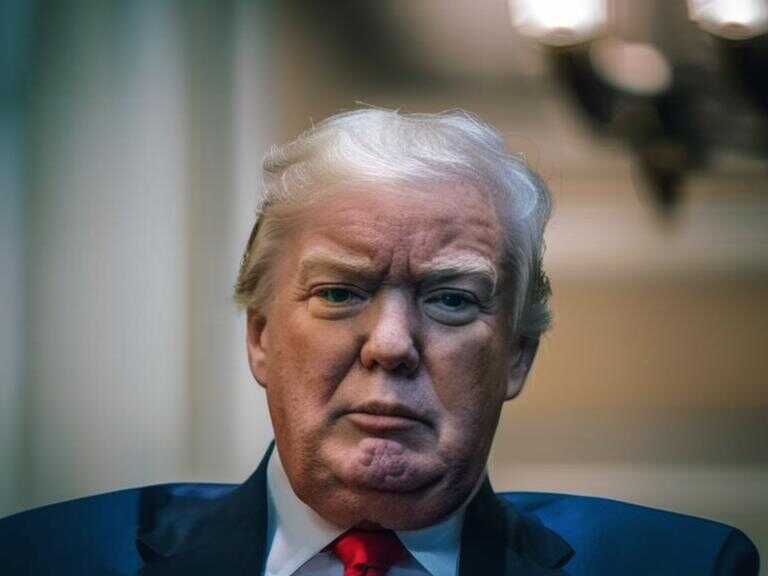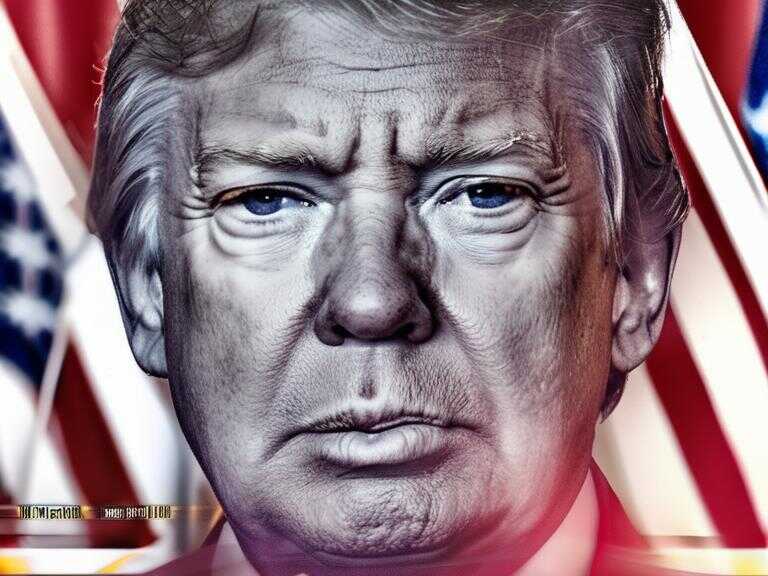
PSLF Borrowers Face Uncertainty Amid Trump Administration Overhaul
Uncertainty surrounds the Public Service Loan Forgiveness (PSLF) program due to legal challenges and changes to income-driven repayment plans.

Amidst the ongoing overhaul of the student loan system by the Trump administration, numerous borrowers enrolled in the Public Service Loan Forgiveness (PSLF) program are grappling with growing uncertainty about its future. "There's a lot of panicking by PSLF borrowers due to the uncertainty," stated Mark Kantrowitz, a prominent higher education expert.
Understanding the PSLF Program
Established in 2007 during the presidency of George W. Bush, PSLF offers eligible not-for-profit and government employees the opportunity to have their federal student loans canceled after 10 years of consistent payments. This program has been a lifeline for countless individuals dedicated to public service, allowing them to pursue their chosen careers without being burdened by insurmountable debt.
Recent Changes and Their Impact
The Trump administration's recent actions have significantly disrupted the PSLF landscape. The applications for income-driven repayment plans, which are crucial for PSLF eligibility, have been removed from the U.S. Department of Education's website. This poses a major obstacle for borrowers seeking to participate in the program as it requires enrollment either in an IDR plan or the Standard Repayment plan.
This disruption stems from a ruling by the 8th Circuit Court of Appeals, which blocked the Biden administration's new IDR plan, SAVE (Saving on a Valuable Education), along with the loan forgiveness component under other IDR plans. It is important to note that this court ruling does not directly affect any provisions of PSLF.
Stalled Progress and Uncertainty
While legal challenges against SAVE unfolded, the Biden administration implemented a forbearance period, pausing payments for enrollees and suspending interest accrual. However, unlike the payment pause during the pandemic, borrowers in this forbearance are not receiving credit towards their required 120 payments for loan forgiveness under PSLF. The duration of this forbearance remains unclear, creating further uncertainty for borrowers.
For those enrolled in SAVE, the legal challenges have effectively stalled their progress towards loan forgiveness. Meanwhile, borrowers on other IDR plans continue to receive credit if they are making payments and working in eligible employment. The Education Department is currently revising applications to ensure compliance with the new court order, a process that is expected to take several months.
Potential Solutions and Recommendations
Despite the current challenges, there are potential solutions on the horizon for PSLF borrowers. The Education Department's Buyback opportunity allows individuals to pay for certain months that did not count towards their qualifying payments, bringing them closer to the 120-payment requirement. This can be particularly beneficial for borrowers who have been pursuing PSLF for an extended period.
Borrowers are urged to maintain meticulous records of their payment history and other student loan details during this period of transition. Printing out a copy of their payment history from StudentAid.gov and creating a spreadsheet of qualifying payments is highly recommended. Utilizing the PSLF help tool to search for eligible employers and access the employer certification form is also crucial.
Throughout this evolving landscape, staying informed about updates and seeking guidance from reliable sources is essential for PSLF borrowers. By understanding the recent changes, exploring available options, and proactively managing their loan information, borrowers can navigate these challenges and work towards achieving their goal of loan forgiveness.
Share news















